NCERT Solutions for Class 12 Maths Chapter 3 Matrices
NCERT Solutions for Class 12 Mathematics Chapter 3 Free PDF Download
Please Click on Free PDF Download link to Download the NCERT Solutions for Class 12 Mathematics Chapter 3 Matrices
The dot mark ◉ field are mandatory, So please fill them in carefully
To download the complete Syllabus (PDF File), Please fill & submit the form below.
To download the complete Syllabus (PDF File), Please fill & submit the form below.
https://drive.google.com/file/d/10PPKiD2w6swlWTsDf-Dx0bYsKnFbLjAk/view?usp=sharing
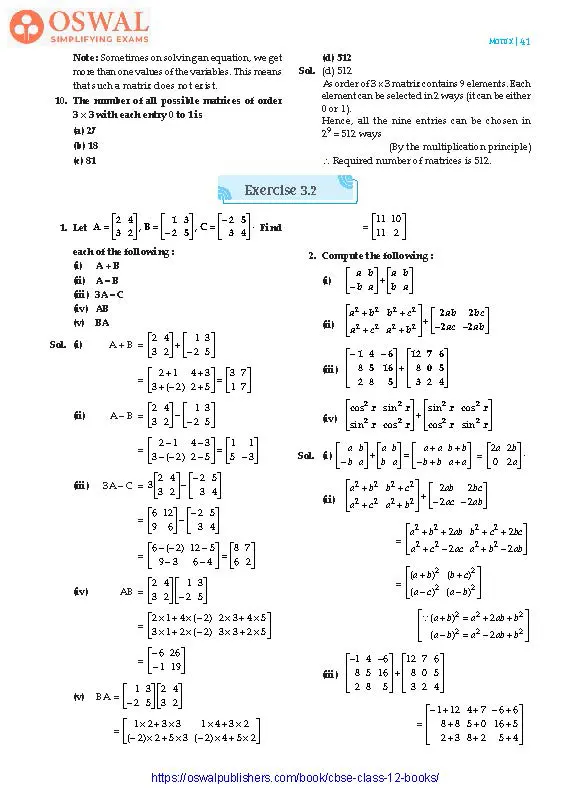
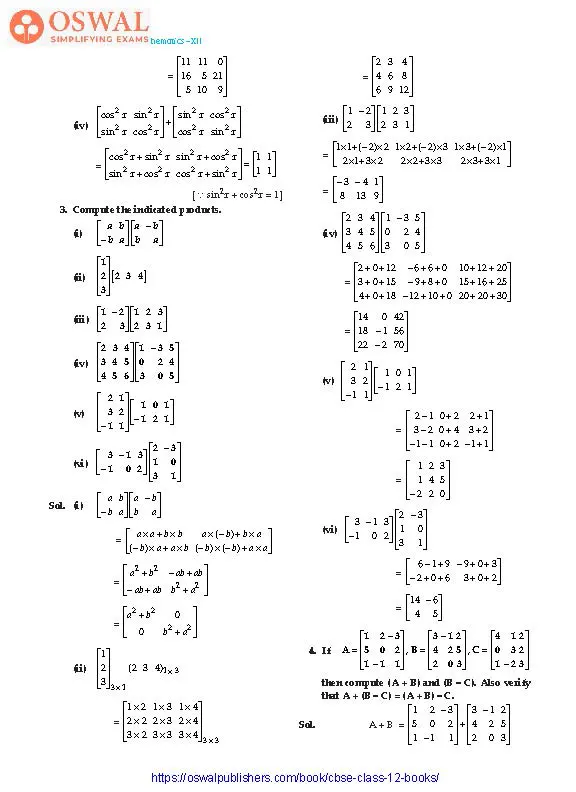
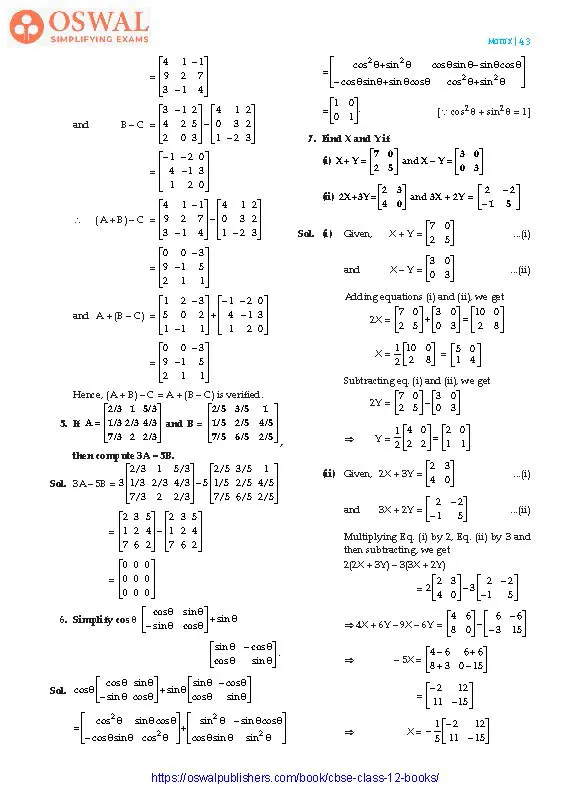
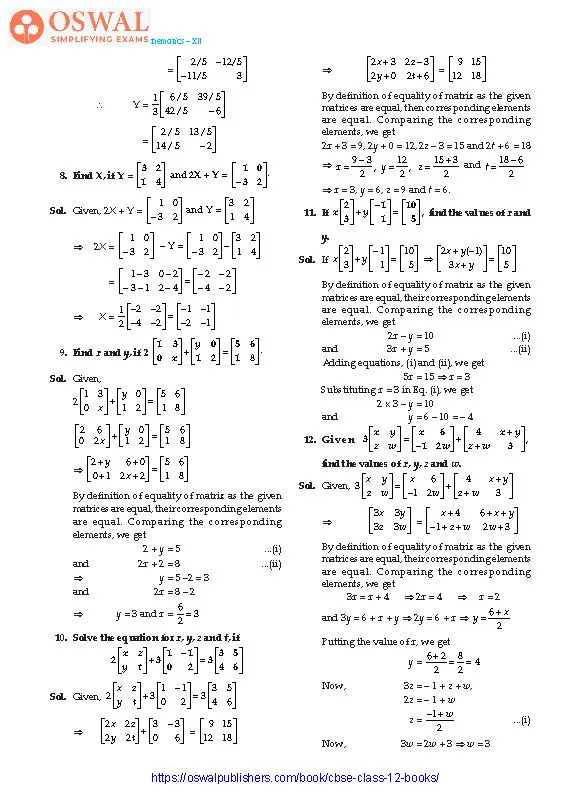
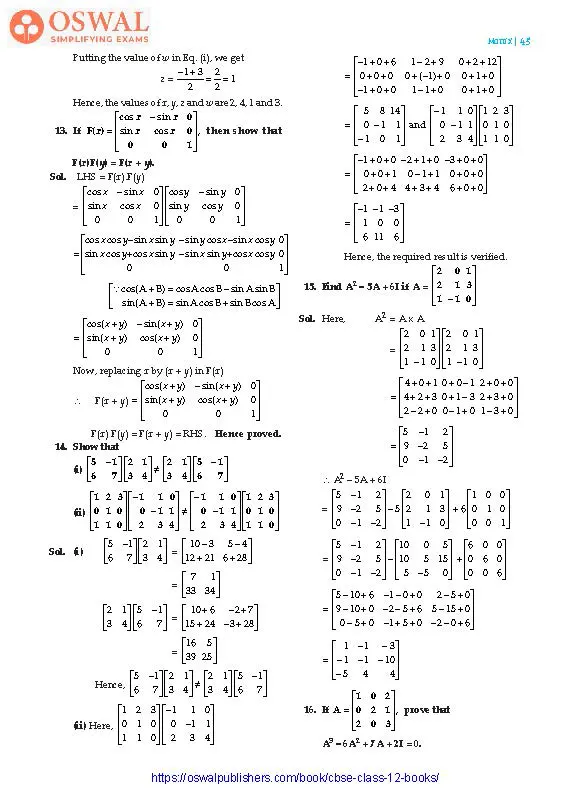
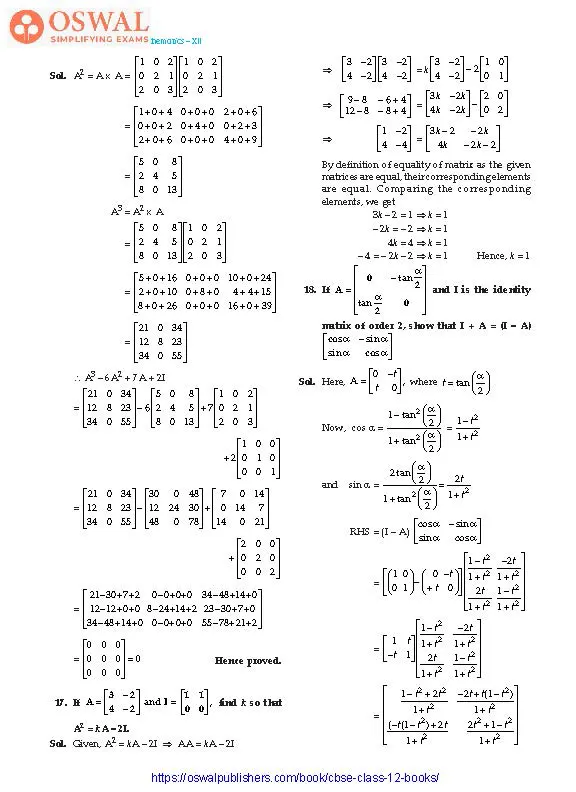
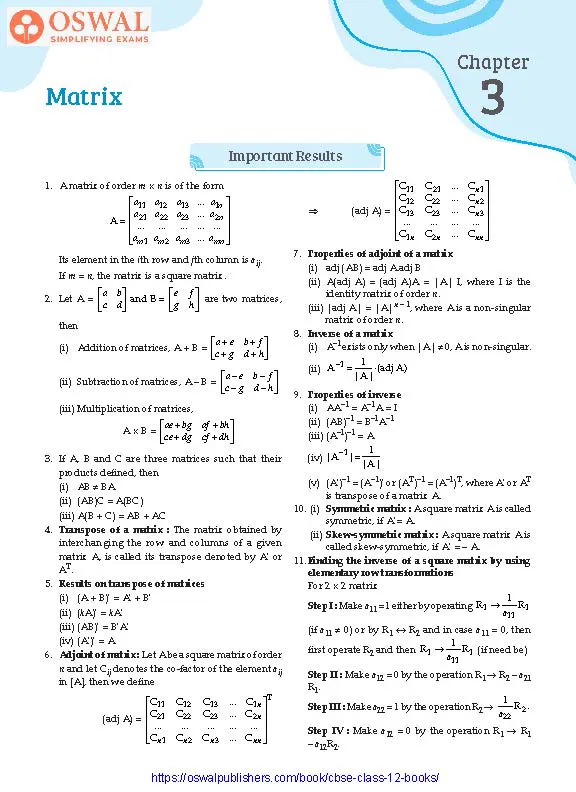
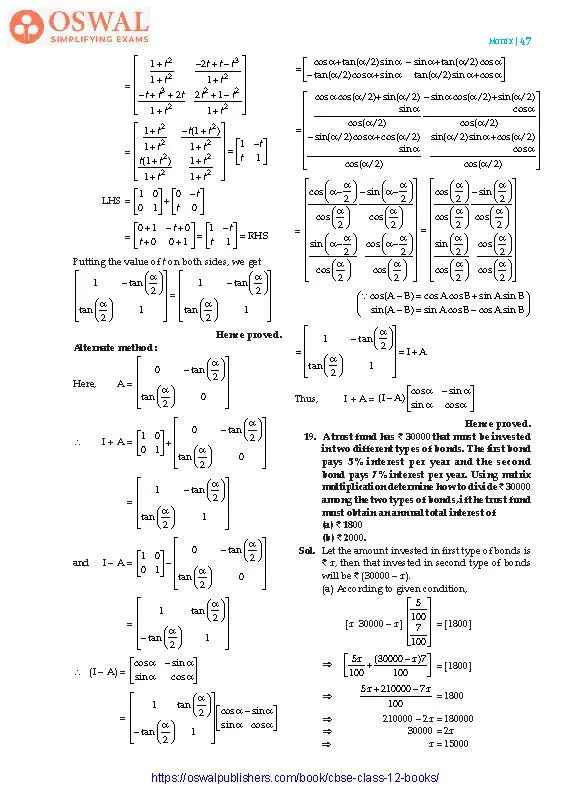
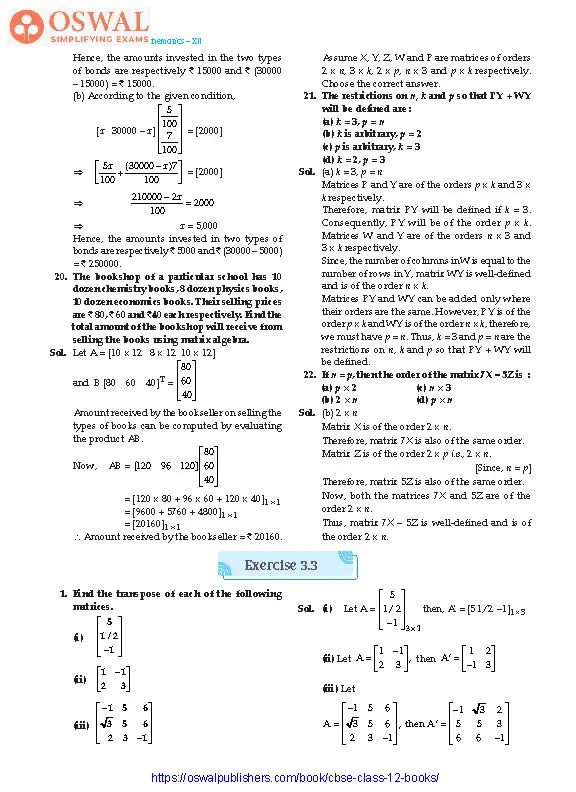
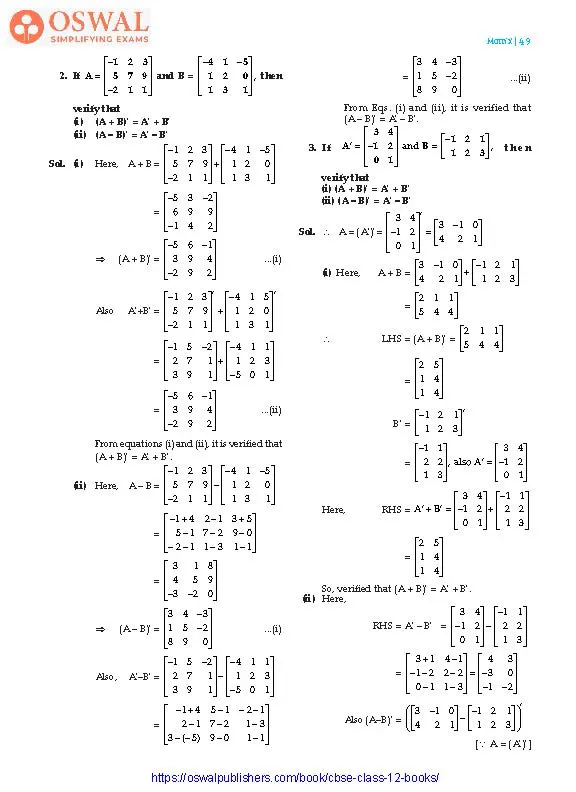
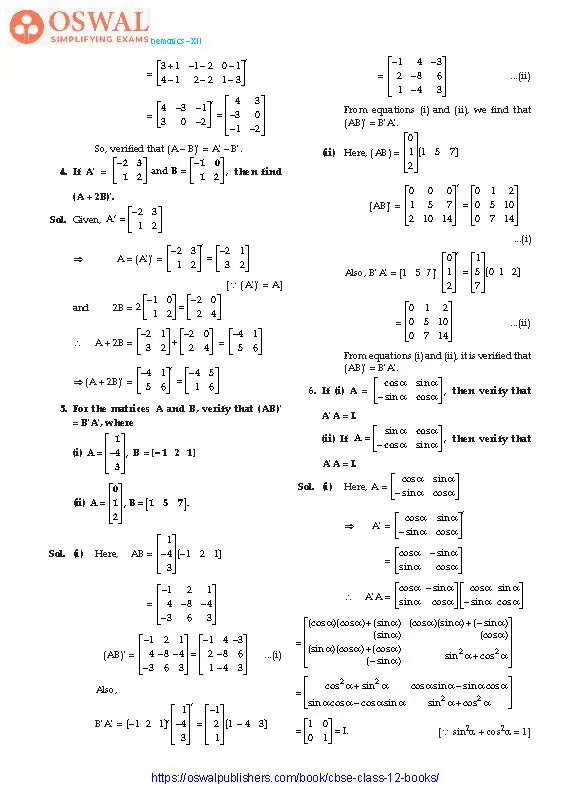
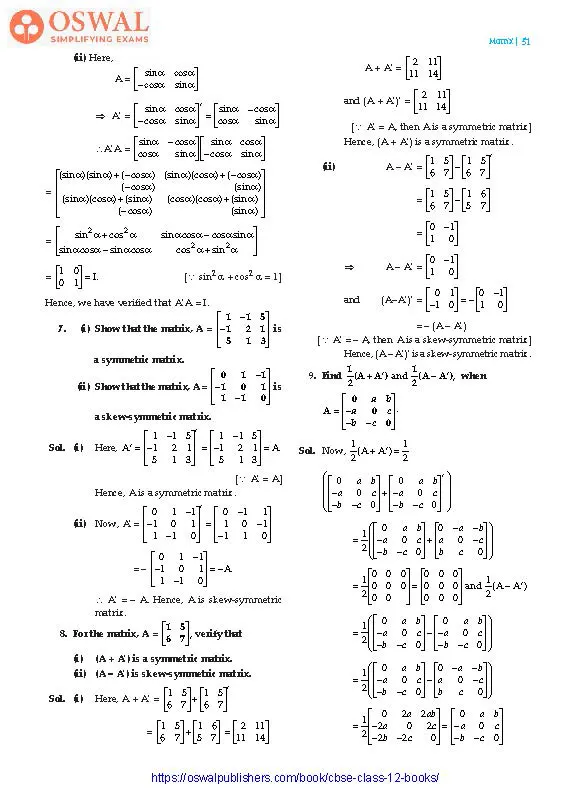
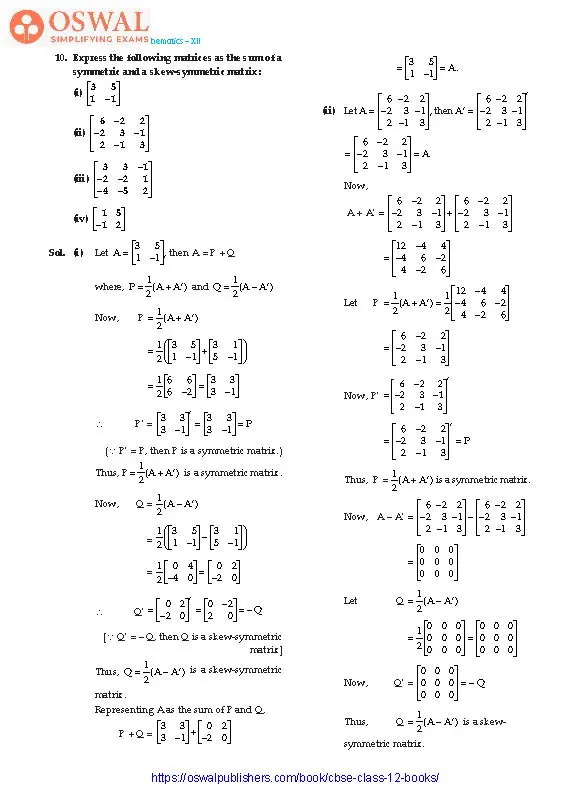
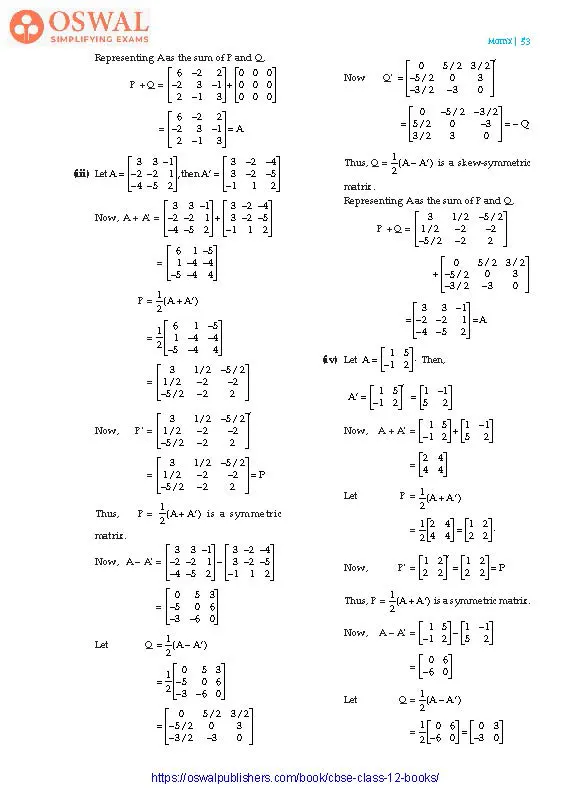
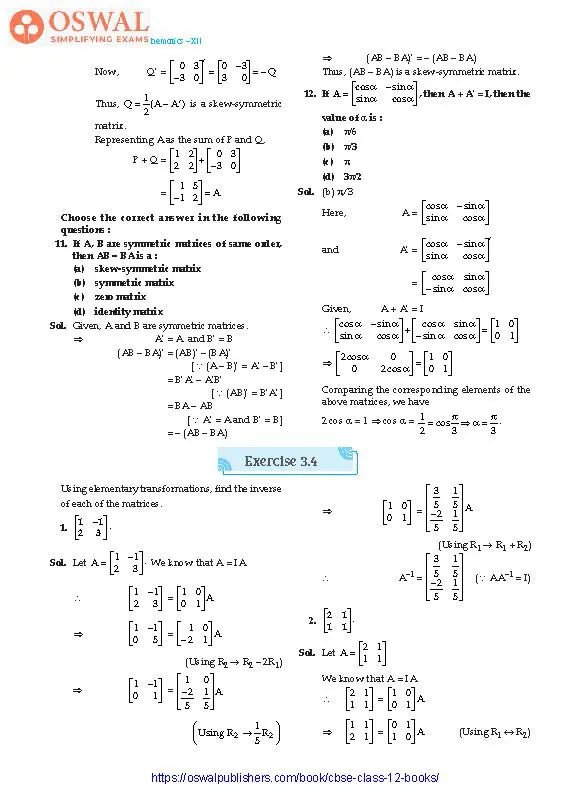

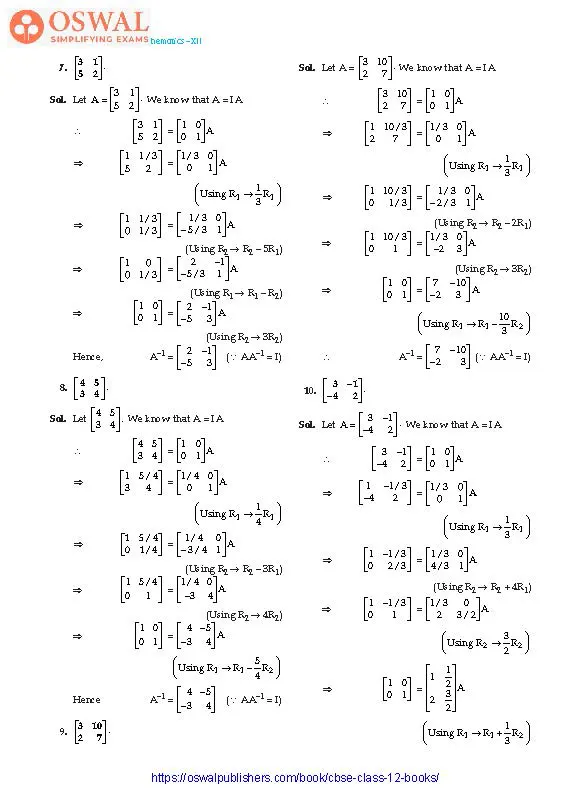
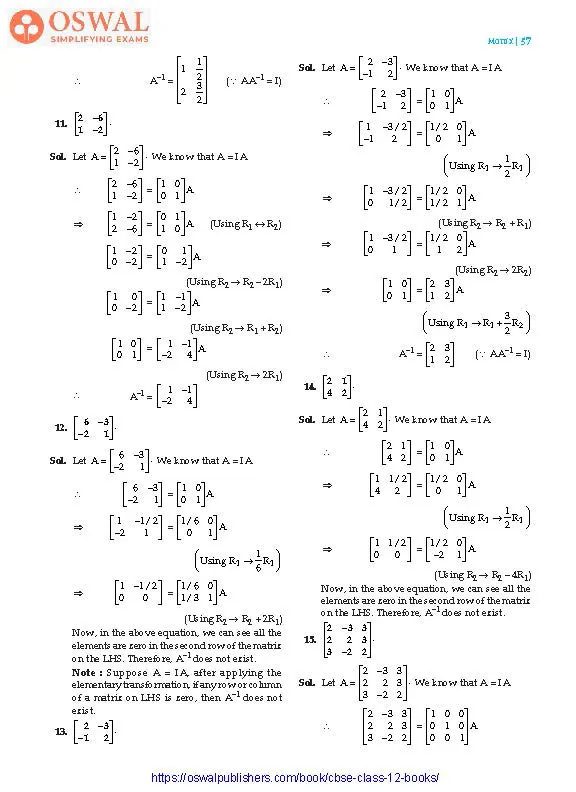
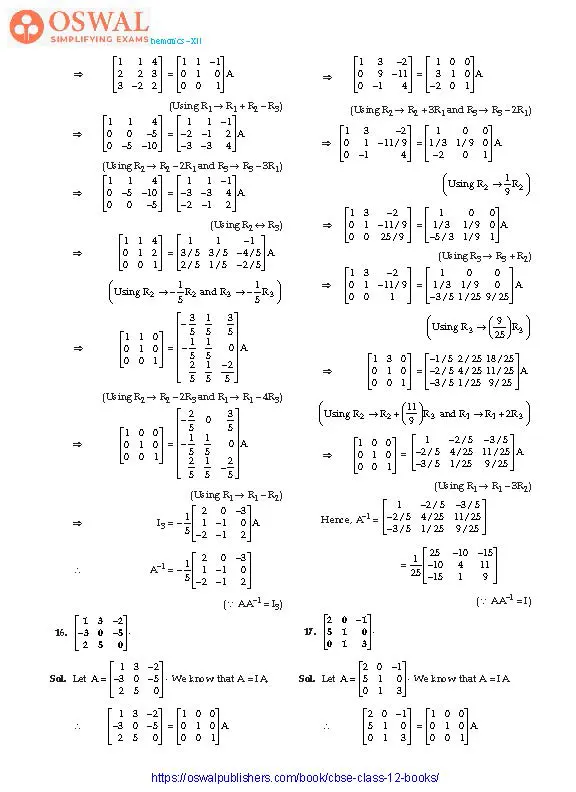
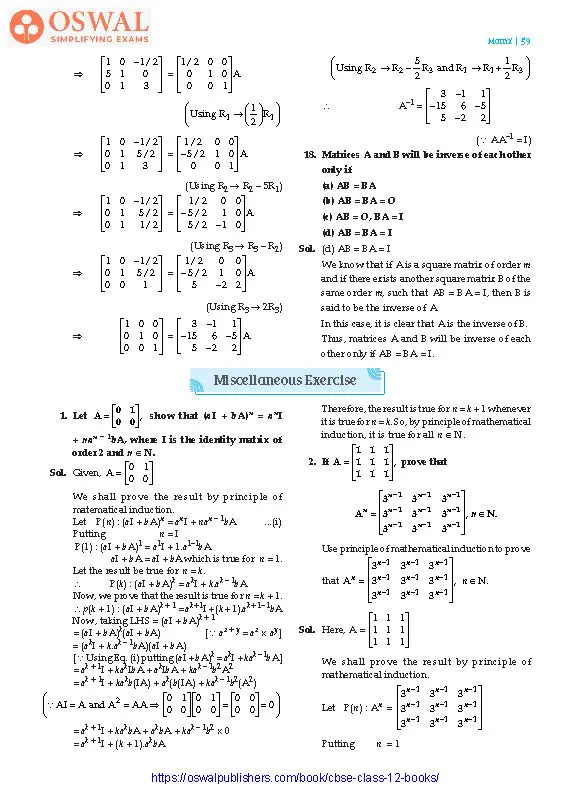
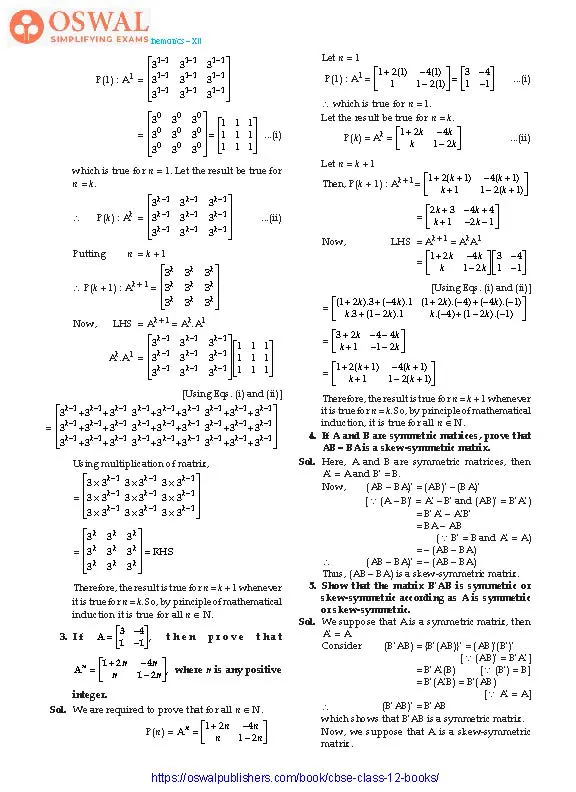
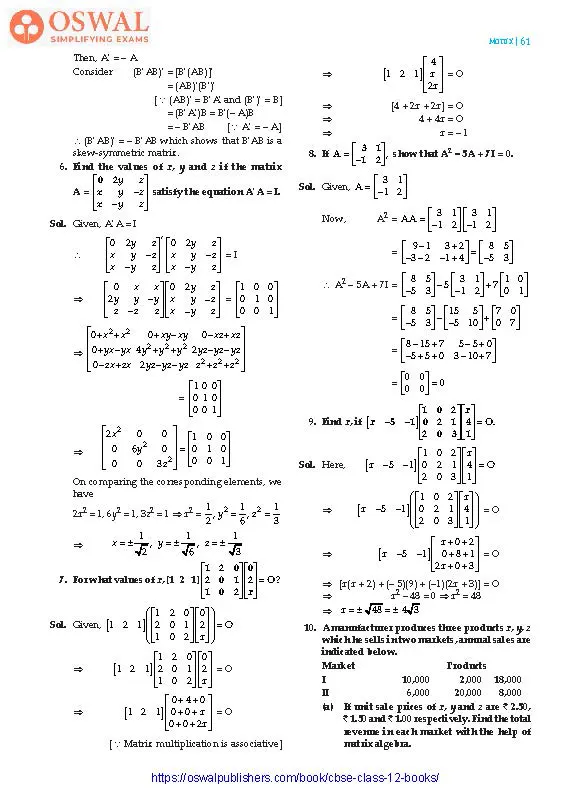
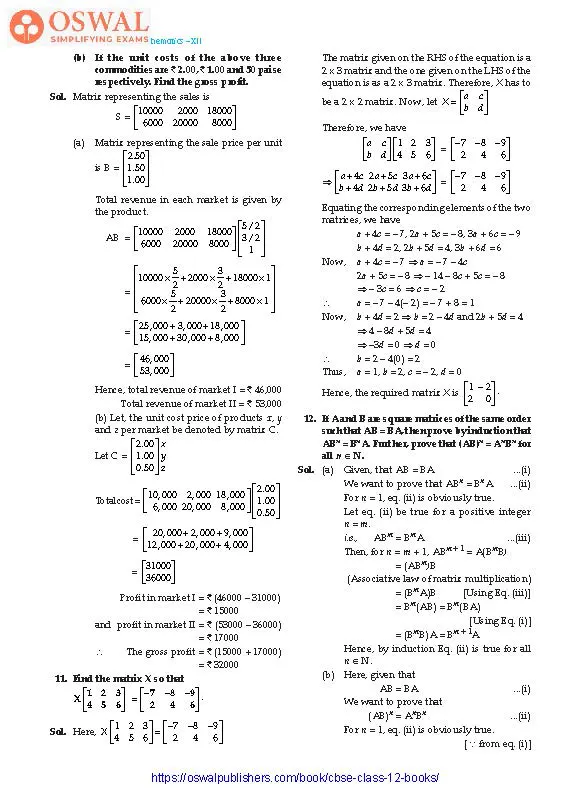
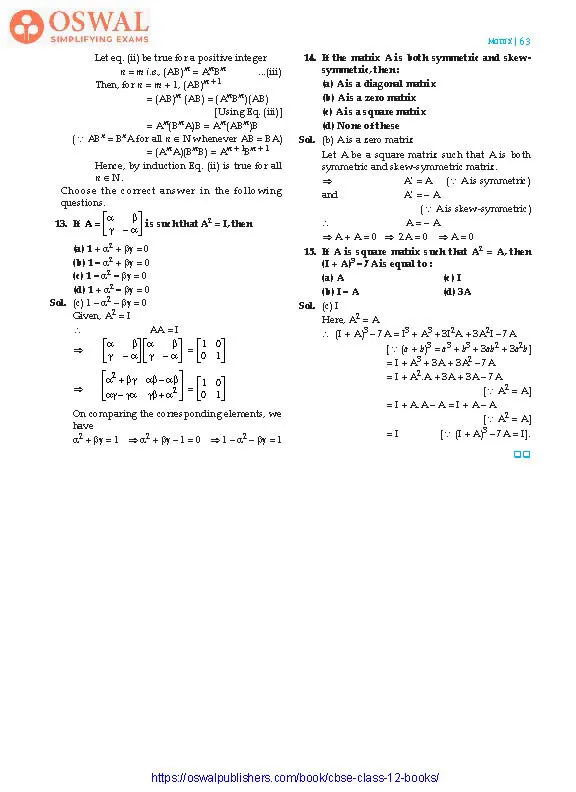
Access Exercises of Class 12 Maths Chapter 3 – Matrix
Exercise 3.1 Solutions: 10 Questions (7 Short Answers, 3 MCQs)
Exercise 3.2 Solutions: 22 Questions (14 Long, 6 Short, 2 MCQs)
Exercise 3.3 Solutions: 12 Questions (10 Short Answers, 2 MCQs)
Exercise 3.4 Solutions: 18 Questions (4 Long, 13 Short, 1 MCQ)
Miscellaneous Exercise Solutions: 15 Questions (7 Long, 5 Short, 3 MCQs)
